Embark on a journey through canine history as we delve into the fascinating stories of 8 extinct dog breeds that have left an indelible mark on the tapestry of time. These forgotten companions, once cherished for their loyalty and distinctive traits, now exist only in the annals of history. In this exploration, we will resurrect their memories, shedding light on their roles in ancient civilizations and the unfortunate circumstances that led to their extinction. From noble guardians to cherished hunting partners, each breed had a significant impact on the human-dog relationship. Join us in honoring these forgotten canines, celebrating their unique contributions to our shared history and understanding the importance of preserving the diverse legacy of our loyal four-legged friends.
Extinct Dog Breeds That Deserve to Be Remembered
Tahltan Bear Dog
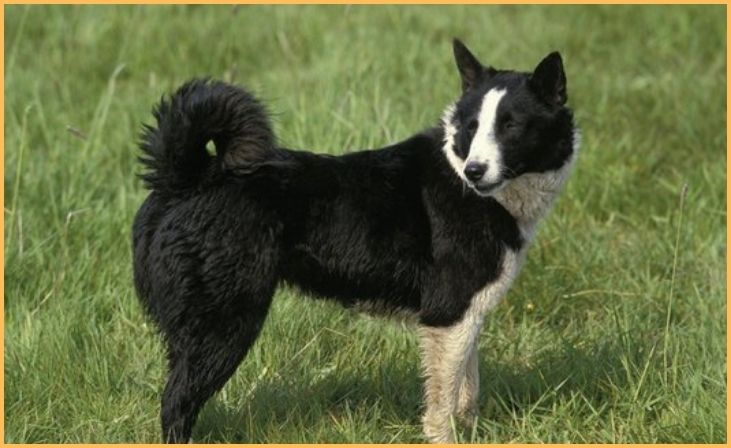
The Tahltan Bear Dog is a small to medium-sized breed known for its agility and intelligence. Originally bred by the Tahltan First Nation in Canada, these dogs were highly valued for their hunting prowess, particularly in tracking and capturing bears. With a distinctive curled tail and a dense coat, they exhibit a strong and sturdy build. Unfortunately, by the mid-20th century, the breed faced near-extinction due to a combination of factors, including disease and changes in hunting practices. Efforts to revive the Tahltan Bear Dog have been underway, but the breed remains rare. Despite their scarcity, these dogs are cherished for their loyal nature and historical significance within indigenous communities.
Moscow Water Dog
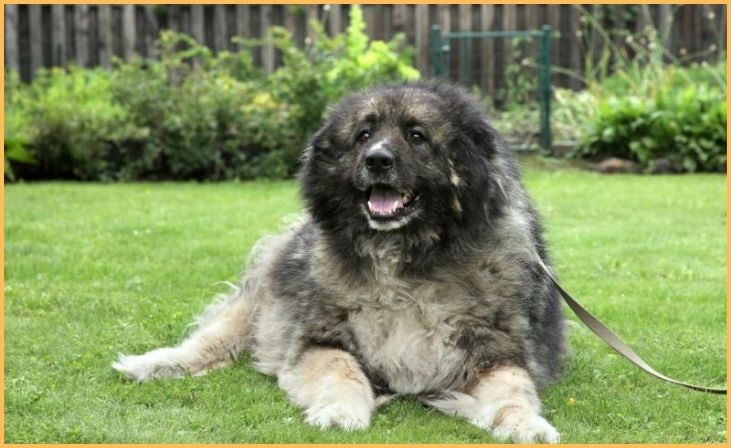
The Moscow Water Dog, developed in the Soviet Union during the 20th century, was intended for water rescues in aquatic environments like rivers and lakes. Created by crossing various breeds like the Newfoundland, Caucasian Shepherd Dog, and East European Shepherd, this large and powerful working dog possessed excellent swimming abilities and a thick water-resistant coat. Known for their intelligence and loyalty, Moscow Water Dogs were utilized by the Soviet military for search and rescue missions. Unfortunately, the breed faced a decline after the end of the Cold War and is considered extinct today. Despite its disappearance, the Moscow Water Dog remains an interesting historical chapter in canine development, particularly for its specialized role in water rescue operations.
Blue Paul Terrier

The Blue Paul Terrier, a now-extinct breed, originated in Scotland and gained notoriety in the 19th century. Renowned for its strength, agility, and distinctive blue coat, this terrier was originally bred for dog fighting and later gained popularity as a loyal companion. Medium-sized and muscular, the Blue Paul Terrier possessed a fearless temperament, making it well-suited for its historical roles. However, with the decline in popularity of dog fighting and changes in societal attitudes towards animal welfare, the breed gradually disappeared. Today, little physical evidence of the Blue Paul Terrier remains, but its legacy endures in historical accounts of the working-class culture that once valued these dogs for their tenacity and loyalty.
Also Read: 7 Best Dogs for Making Friends: Canine Companions to Brighten Your Life
English White Terrier
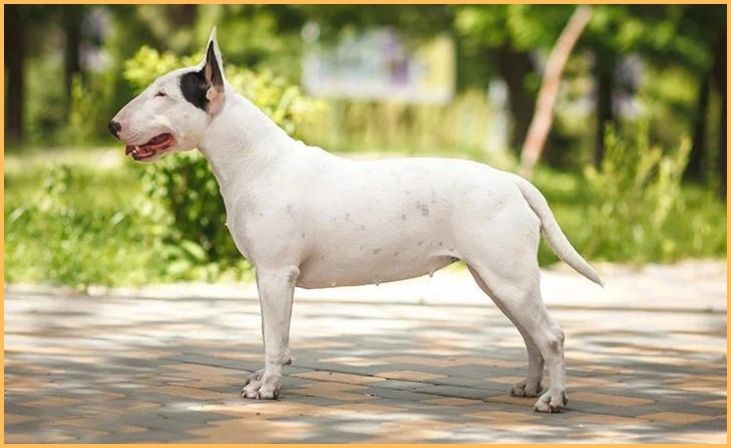
The English White Terrier, also known as the White English Terrier, was a small to medium-sized breed originating in England during the 19th century. Notable for its sleek, white coat and compact build, this terrier was bred for a combination of ratting, companion, and show purposes. With a wedge-shaped head and a distinctive rose-shaped ear, the English White Terrier was recognized for its agility and intelligence. Unfortunately, the breed faced health issues related to its appearance, such as dental problems and sensitivity to temperature extremes. As a result, the breed’s popularity declined, and it eventually became extinct by the early 20th century. Despite its disappearance, the English White Terrier has left a mark on canine history as a distinctive and elegant breed.
Turnspit Dog
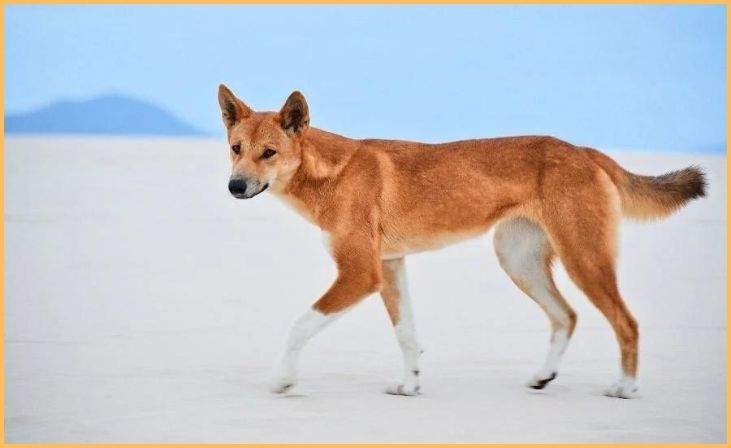
The Turnspit Dog, now extinct, was a small, short-legged breed specifically bred for turning roasting meat on a spit in kitchens during the 16th to 19th centuries. With a long body and short legs, these dogs were well-suited for running in a small wheel that turned the cooking spit, a role that saved human cooks from the tedious task. Despite their utilitarian function, Turnspit Dogs were not kept as pets and had a challenging existence in the demanding kitchen environment. As technological advancements rendered them obsolete, coupled with changing attitudes toward animal welfare, the breed fell out of favor, contributing to its eventual disappearance. Today, the Turnspit Dog is remembered as a unique historical working companion in culinary history.
St. John’s Water Dog
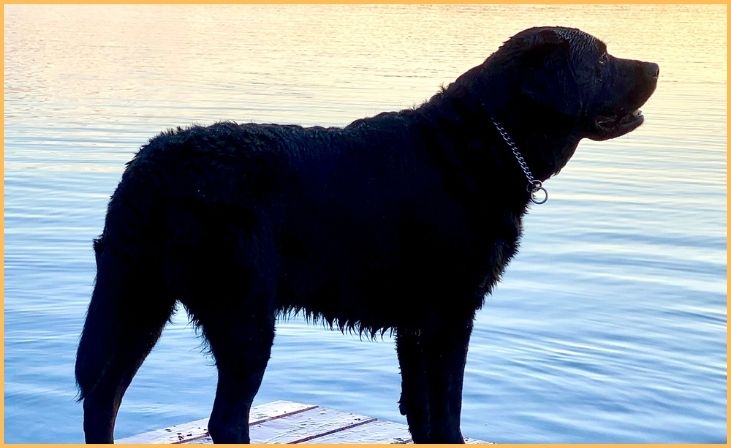
The St. John’s Water Dog, originating in Newfoundland, Canada, during the 19th century, was a versatile and robust working breed. Renowned for its exceptional swimming abilities, intelligence, and friendly disposition, it played a crucial role in assisting fishermen by hauling nets, retrieving stray fish, and even rescuing people at risk of drowning. With a dense waterproof coat and webbed feet, these dogs excelled in aquatic tasks. Exported to England, the St. John’s Water Dog contributed to the development of the modern Labrador Retriever. Unfortunately, the breed faced decline in the late 19th century, with the last known St. John’s Water Dog documented in the early 20th century. Despite its disappearance, its legacy lives on through its influential contribution to the development of popular retriever breeds.
Alaskan Klee Kai (original larger size)

The Alaskan Klee Kai, originally bred in the 1970s in Alaska, is a small to medium-sized dog resembling a miniature Husky. Developed by Linda Spurlin, this breed was created by selectively downsizing the Siberian and Alaskan Huskies, aiming to maintain their distinctive appearance. Despite their diminutive size, Alaskan Klee Kais retain the characteristic markings, coat colors, and erect triangular ears of their larger counterparts. Known for their intelligence, agility, and striking wolf-like appearance, these dogs make excellent companions. They come in three size categories: Toy, Miniature, and Standard. As a relatively new and rare breed, the Alaskan Klee Kai has gained popularity for its compact size and friendly demeanor, making it suitable for urban living.
Hawaiian Poi Dog

The Hawaiian Poi Dog, now extinct, was a native Hawaiian breed that played a significant role in traditional Hawaiian culture. Believed to have arrived with early Polynesian settlers, these dogs were valued for their meat, which was consumed and used in religious rituals. Named after poi, a traditional Hawaiian staple made from taro root, the dogs were fed a diet rich in this starchy plant, resulting in a unique appearance with a barrel-like body. As Hawaii underwent cultural changes and Western influences, the Hawaiian Poi Dog population declined, leading to its eventual extinction by the early 20th century. While no longer present, the Hawaiian Poi Dog is remembered as a part of Hawaii’s cultural and historical heritage.
Also Read: 7 Longest Living Dog Breeds
Conclusion
In closing, the tales of these 8 extinct dog breeds serve as poignant reminders of the intricate relationship between humans and their loyal companions. As we reflect on their stories, it becomes evident that each breed played a unique role in our shared history. While we cannot resurrect them, we can ensure their legacy lives on through understanding, appreciation, and a commitment to responsible dog stewardship. Let this exploration be a testament to the timeless bond we share with our canine friends and a call to cherish and protect the diverse tapestry of dog breeds that enrich our lives. May these forgotten breeds, though extinct, continue to inspire a deeper connection between humans and the incredible world of dogs.
Frequently Asked Questions
Various factors contributed to their extinction, including shifts in human lifestyle, changes in hunting practices, and evolving preferences for certain breeds over time.
While it’s challenging, some preservation initiatives focus on reviving similar breeds or preserving genetic material, offering a glimmer of hope for the future.
Their disappearance emphasizes the importance of responsible breeding practices, conservation efforts, and understanding the evolving needs of our canine companions.







